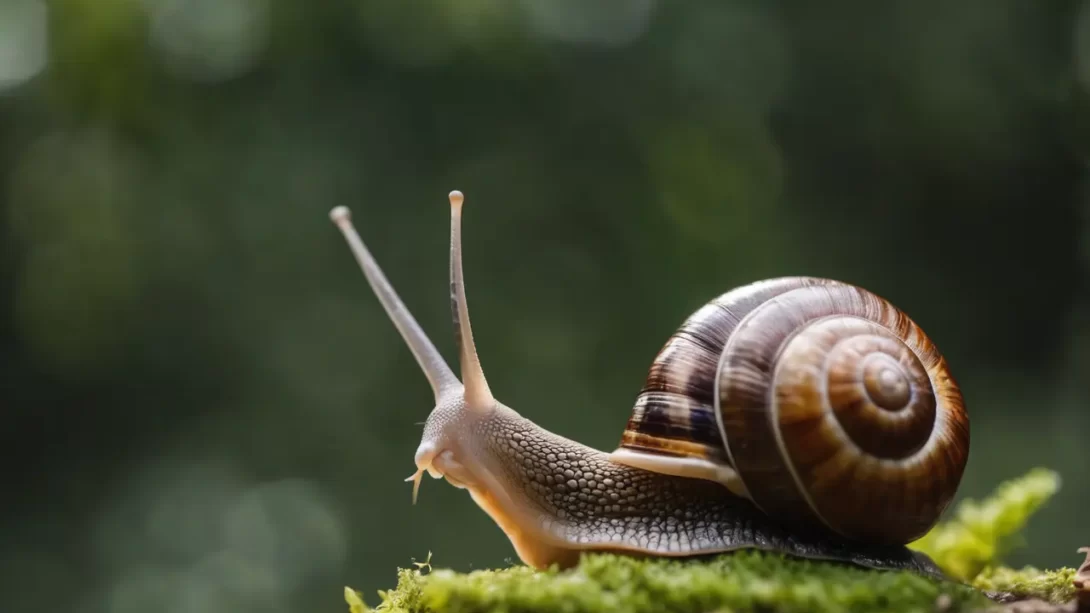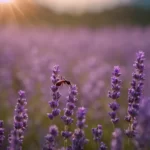Snails, with their distinctive spiral shells and slow movement, are a familiar sight in many environments. These small creatures play a crucial role in the ecosystem, serving as both decomposers and a vital food source for a variety of animals. Understanding what eats a snail is important for comprehending their position in the food web and the impact of their predators on their populations. This article explores the diverse range of animals that include snails in their diet, highlighting the intricate connections within nature.
Birds as Predators of Snails
Birds are among the most common predators of snails. Species such as thrushes, blackbirds, and crows are well-known for their habit of feeding on these mollusks. These birds have developed specific techniques to access the snail’s soft body, often using rocks or hard surfaces as an ‘anvil’ to break open the shells. The Song Thrush, for instance, is particularly adept at this, and its behavior of smashing snails against stones has been well documented. Observing these birds in action offers an intriguing glimpse into the ingenuity of nature.
Mammalian Snail Predators
Snails are also a dietary component for various mammals. Small rodents like mice and shrews may consume snails, particularly in environments where other food sources are scarce. Larger mammals such as badgers and foxes are also known to eat snails, although they are not a primary food source for these predators. These mammals typically hunt for snails on the ground, using their keen sense of smell to locate them. The way these diverse mammals incorporate snails into their diet reflects the adaptability and opportunistic nature of many predatory species.
Reptiles and Amphibians That Eat Snails
Reptiles and amphibians are also important predators of snails. Certain species of snakes, especially those that dwell on the ground, include snails in their diet. These snakes have evolved mechanisms to extract the snail from its shell, often swallowing the snail whole and then digesting the soft parts. Similarly, lizards, particularly those in tropical and subtropical regions, prey on snails as a part of their varied diet. Amphibians like frogs and toads may consume small or young snails. Their ability to catch snails is facilitated by their sticky tongues and quick reflexes, making them efficient snail predators in moist environments.
Insects and Other Invertebrates as Snail Predators
The snail’s list of predators extends to the invertebrate world as well. Various insect species, including beetles and their larvae, are known to feed on snails. Ground beetles, for instance, can be particularly voracious snail hunters. Centipedes, too, prey on snails, using their speed and venom to subdue them. These invertebrates often target smaller or younger snails, which are easier to manage and consume. The role of these smaller predators is crucial in controlling snail populations, especially in garden and agricultural settings where snails can be pests.
Aquatic Predators of Snails
In aquatic ecosystems, snails face a different set of predators. Fish are common snail-eaters, with some species like loaches and pufferfish specializing in feeding on snails. These fish have developed methods to extract snails from their shells or crush the shells with their powerful jaws. In addition, certain species of birds that hunt in water, such as ducks and wading birds, also feed on aquatic snails. Their foraging behavior in shallow waters often leads them to snails, which constitute an important part of their diet. The presence of these predators in aquatic environments plays a significant role in maintaining the balance of the ecosystem by controlling snail populations.
Human Impact on Snail Populations
Humans have a complex relationship with snails, impacting their populations in various ways. In some cultures, snails are a culinary delicacy, leading to their active cultivation and harvesting. Escargot, a dish made from land snails, is a classic example of this. On the other hand, in agricultural contexts, certain snail species are considered pests due to their tendency to feed on plants. This has led to human intervention through methods like snail baits and barriers to control their numbers. Additionally, habitat destruction and pollution caused by human activities have also inadvertently affected snail populations, altering their natural predator-prey dynamics.
Snail Defense Mechanisms
Despite the array of predators, snails have evolved various defense mechanisms to increase their chances of survival. The most obvious is their hard, coiled shell, which provides significant protection against many predators. Some species can retract completely into their shell and seal the opening, making it difficult for predators to reach them. Snails also produce a slimy mucus that can deter or confuse predators, and some have developed the ability to burrow into the ground or hide under foliage. These defensive strategies are crucial for their survival in an environment filled with threats.
Conclusion
The diverse range of predators that feed on snails highlights the intricate connections within ecosystems. From birds and mammals to reptiles, amphibians, and even other invertebrates, each predator plays a role in controlling snail populations and maintaining ecological balance. Understanding these relationships is key to appreciating the complexity of nature and the importance of conserving diverse habitats. Snails, though small and often overlooked, are a vital component of the food web, and their interactions with predators offer fascinating insights into the workings of the natural world.




